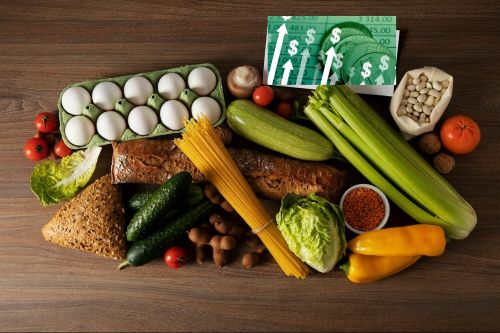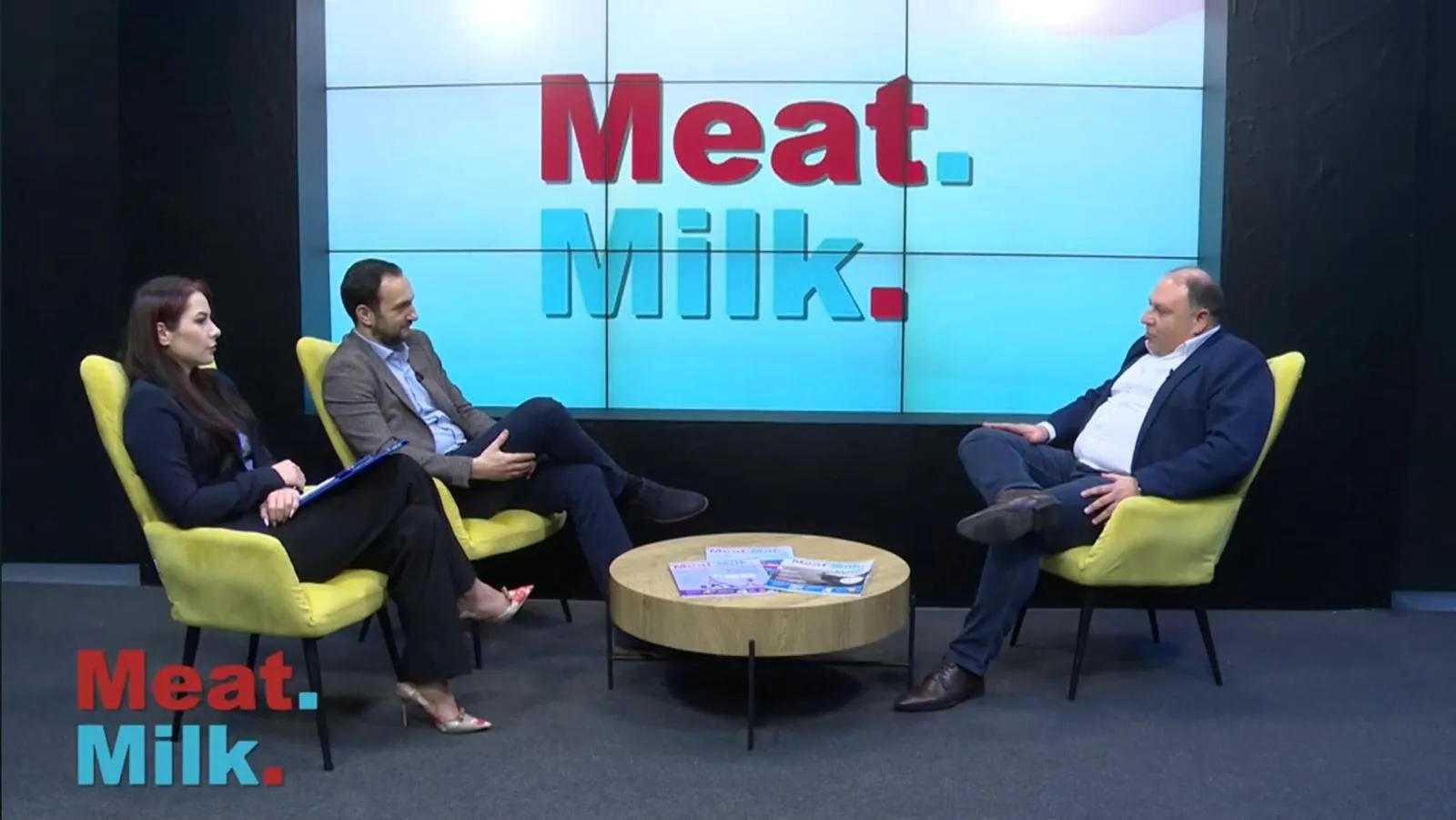1944

Against the backdrop of rising general inflation – estimated at 9.9% in August 2025, with a tendency to exceed the 10% threshold in the fourth quarter – the authorities are considering the possibility of abandoning the measure of capping the commercial markup on basic food products, which has been in place since the summer of 2023.
The capping mechanism, introduced through Emergency Ordinance (GEO) 67/2023 and successively extended until September 30, 2025, limits processors’ profit margins to a maximum of 20% above production costs and distributors’ margins to a maximum of 5% above the purchase price. The measure covers 17 categories of essential food products – including milk, eggs, meat, bread, sugar, and fresh vegetables.
Economic effects during the implementation period
According to aggregated industry data and sectoral analyses, the application of the cap contributed to reducing inflation in the food segment. For example, compared to June 2023 (prior to the implementation of the measure), the inflation rate for basic food products was significantly reduced, from an average of 18% to around 1.1% in the summer of 2024. Among the most relevant price corrections recorded were:
- sugar (+55% prior to capping),
- cheese (+27%),
- potatoes (+33%),
- chicken meat (+14%),
- eggs (+29%).
At the same time, the measure coincided with an increase in domestic production for certain product categories. In 2024, pork production rose by +9.2%, while poultry meat production increased by +8.7%, according to data from the National Institute of Statistics (INS).
Possible effects of lifting the cap
The removal of this regulation as of October 1, 2025, is currently being assessed in the present macroeconomic context, characterized by persistent inflationary pressures, energy price volatility, and risks of passing production costs onto final consumer prices.
According to preliminary economic analyses, a full liberalization of commercial markups could lead to an additional increase in overall inflation by approximately 2 percentage points. In the absence of a control mechanism, prices of essential food products could rise rapidly, particularly in large retail chains.
This trend would disproportionately affect low-income population groups and could trigger a shift in consumer demand towards lower-quality products or cheaper substitutes. In addition, there is concern about the potential impact on the consumption of domestic production, in the absence of compensatory or incentive policies.
Legal framework and control instruments
The current measure includes strict legal provisions regarding compliance with the commercial markup cap, with fines ranging from 100,000 to 2,000,000 lei for operators who fail to comply. Moreover, economic control authorities have carried out thematic inspection campaigns over the past two years, especially in large distribution chains.
In the current context, government-level meetings are planned with representatives of the retail sector and relevant professional organizations, in order to monitor price developments after October 1 and to establish possible compensatory or transitional measures.
Outlook and alternatives
From the perspective of economic sustainability, the possibility of replacing the cap with a set of measures aimed at stimulating domestic production and addressing supply chain imbalances – without introducing major market distortions – is being analyzed.
The alternatives under discussion include:
- direct support policies for local producers,
- increasing transparency in price formation,
- quarterly monitoring of markups applied along the food chain,
- possible self-regulation agreements with the retail sector.
(Photo: Freepik)





